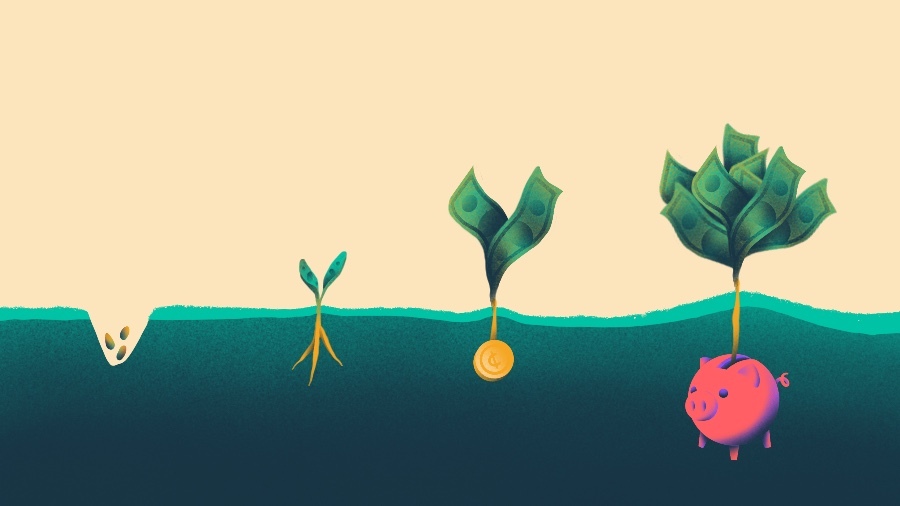As we get deeper into 2024, there is increasing concern about the state of Series A fundraising. The bar for investment appears much higher, and fewer startups are reaching it.
This is a problem for founders, and investors like Jenny Fielding, managing partner of Everywhere Ventures, who said, “Every Seed investor’s dilemma: All my Series A buddies want to meet my companies early! All my companies are too early for my Series A buddies.”
To attach some data to this, we can see that the median step-up in valuation from seed to Series A has gone from $19.5 million in Q1 2022 to $28.7 million in Q1 2024. Series A firms seem to be looking for much stronger revenue performance, with targets of $2 million to $3 million in ARR, compared to $1 million to $2 million just a few years ago.
The outcome is that while 31.8% of Q1 2020 seed startups closed their Series A within two years, that fell to just 12% for Q1 2022 — which should worry everyone.
Why are Series A investors so much more demanding?
Today’s Series A investors are looking at startups that raised their seed between 2021 and 2023, which identifies the root of the problem: it spans the Q2 2022 high-tide mark for venture capital.
For example, there were 1,695 seed rounds of more than $5 million in 2021, rising to 2,248 in 2022, then falling to 1,521 in 2023. As a comparison, there have been just 137 so far in 2024.
The result is two categories of startups that are looking to raise their Series A today:
- Pre-crunch startups that raised generous seed rounds and stretched the capital out as far as they could, to grow into inflated valuations.
- Post-crunch startups that raised modest seed rounds on more reasonable terms, with shorter runways and less demonstrable growth.
Strictly speaking, neither is more appealing than the other; the first group has less risk, the second offers more upside, and both are adapted to current market realities. It shouldn’t cause a problem for investors, provided they can distinguish between the two.
The cost of market inefficiency
Venture investors have a market-based lens on investment decisions, which means looking fairly broadly at trends in revenue performance and round pricing to determine terms, e.g. a typical Series A is within certain bounds of revenue performance and valuation. While that approach may be serviceable and efficient under ideal conditions, the past few years have been far from ideal.
Without distinguishing between the two cohorts, investors are now looking at the performance of Series A candidates that spent more than $5 million on a war chest for two to three years of growth alongside the valuations of candidates that raised around $2 million to prove scalability. It just doesn’t work as an average, and thus the unreasonable expectations.
The breaking wave of zero-interest rate madness
Fortunately, it’s temporary. Series A investors are facing this today because of what happened two years ago. Roughly four years from now, it will be the turn of Series B investors to look at an oddly divergent class of startups. In six years, as it hits Series C investors, the ripples should be hard to detect.
What frustrates many is that this is a mostly avoidable phenomenon. Yes, the venture asset class is cyclical, but venture investors do not need to lean into those cycles with maddeningly procyclical behavior. Roughly as many startups have shut down in Q1 2024 as in the whole of 2020. Companies closed. Jobs lost. Dreams ended. And it’s not because of rising interest rates, but rather because of how venture investors acted when rates were low.
Dan Gray, a frequent guest author for Crunchbase News, is the head of insights at Equidam, a platform for startup valuation, and a venture partner at Social Impact Capital.


Stay up to date with recent funding rounds, acquisitions, and more with the
Crunchbase Daily.
Cohere’s $450 million raise is just the latest high-valued deal in the AI sector.
The fusion sector’s lackluster funding got a boost this week with Denver-based Xcimer Energy’s $100 million Series A.
May was a big month to raise, well, really big. Four rounds hit $1 billion or more and companies needed to raise at least $200 million to make this…
Startups addressing the global plastic problem have raised considerable funding over the years to develop more environmentally friendly substitutes…
- SEO Powered Content & PR Distribution. Get Amplified Today.
- PlatoData.Network Vertical Generative Ai. Empower Yourself. Access Here.
- PlatoAiStream. Web3 Intelligence. Knowledge Amplified. Access Here.
- PlatoESG. Carbon, CleanTech, Energy, Environment, Solar, Waste Management. Access Here.
- PlatoHealth. Biotech and Clinical Trials Intelligence. Access Here.
- Source: https://news.crunchbase.com/venture/seed-series-a-investment-chasm-gray-equidam/



